What is the Purpose of a Family Therapist?
A family therapist plays a crucial role in helping families navigate challenges, improve communication, resolve conflicts, and foster a healthier and more functional family dynamic. Here are the primary purposes and functions of a family therapist:
1. Improve Communication
Overview
One of the main goals of family therapy is to enhance the communication skills among family members. Effective communication is essential for understanding each other’s perspectives, expressing needs and feelings, and resolving conflicts.
Techniques
Active Listening: Teaching family members to listen actively and empathetically.
Clear Expression: Helping individuals express their thoughts and feelings clearly and respectfully.
Non-Verbal Communication: Addressing non-verbal cues and body language to improve overall communication.
Sources:
Psychology Today
2. Resolve Conflicts
Overview
Family therapists help families identify the root causes of conflicts and develop strategies to resolve them. This involves addressing underlying issues and facilitating productive discussions.
Techniques
Conflict Resolution Skills: Teaching techniques such as negotiation, compromise, and finding common ground.
Mediation: Acting as a neutral mediator to help family members navigate disputes and reach mutually acceptable solutions.
Problem-Solving: Encouraging collaborative problem-solving approaches to address and resolve conflicts.
Sources:
American Association for Marriage and Family Therapy (AAMFT)
GoodTherapy
3. Address Specific Issues
Overview
Family therapists work with families to address specific issues that may be affecting their functioning. These can include behavioral problems in children, mental health issues, substance abuse, grief, and major life transitions.
Techniques
Behavioral Interventions: Implementing strategies to modify problematic behaviors.
Support and Counseling: Providing support and counseling for mental health and substance abuse issues.
Guidance During Transitions: Helping families navigate major life changes such as divorce, relocation, or the blending of families.
Sources:
Verywell Mind
4. Strengthen Family Bonds
Overview
Family therapists aim to strengthen the emotional bonds between family members, fostering a supportive and nurturing environment. This involves building trust, respect, and empathy within the family.
Techniques
Family Activities: Encouraging shared activities and rituals to strengthen bonds.
Positive Reinforcement: Promoting positive interactions and reinforcing constructive behaviors.
Emotional Support: Providing a safe space for family members to express their feelings and support each other.
Sources:
Mental Health America
5. Foster Individual Growth
Overview
While the focus of family therapy is on the family unit, it also supports the personal growth and development of individual family members. By addressing individual needs and challenges, family therapists help each person contribute positively to the family dynamic.
Techniques
Individual Counseling: Providing individual sessions to address personal issues that affect the family.
Empowerment: Helping individuals build self-esteem and autonomy while maintaining family connections.
Personal Development Plans: Creating plans that encourage personal growth and resilience.
Sources:
American Association for Marriage and Family Therapy (AAMFT)
Conclusion
The primary purpose of a family therapist is to support families in improving communication, resolving conflicts, addressing specific issues, strengthening bonds, and fostering individual growth. By providing a safe and structured environment, family therapists help families navigate challenges and build healthier, more functional relationships.
If you’re interested in exploring family therapy and seeing how it can benefit your family, please contact us at Moriel Mental Health to book an appointment. We work all throughout California and are here to support you on your journey towards healthier and happier family relationships. At MMH, we are committed to providing the care and guidance you need.

